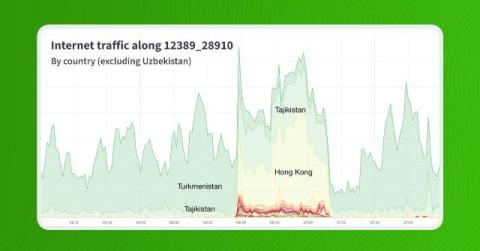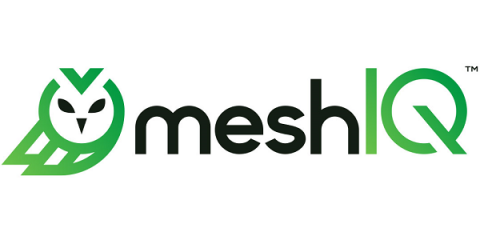Flaky tests: their hidden costs and how to address flaky behavior
Flaky tests are bad—this is a fact implicitly understood by developers, platform and DevOps engineers, and SREs alike. When tests flake (i.e., generate conflicting results across test runs, without any changes to the code or test), they can arbitrarily fail builds, requiring developers to re-run the test or the full pipeline. This process can take hours—especially for large or monolithic repositories—and slow down the software delivery cycle.











